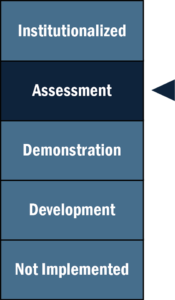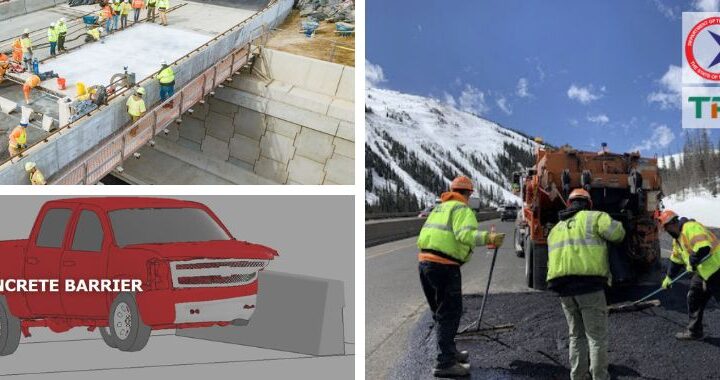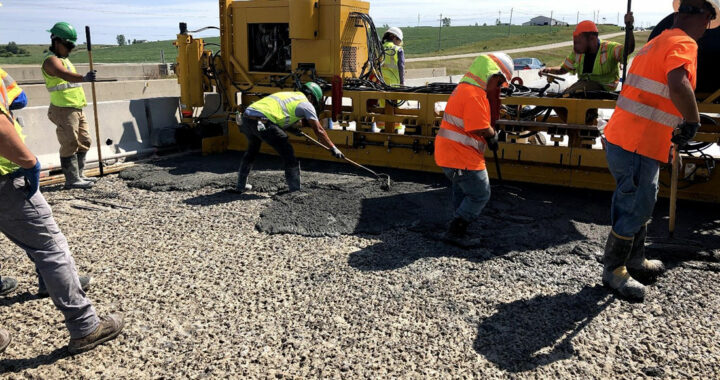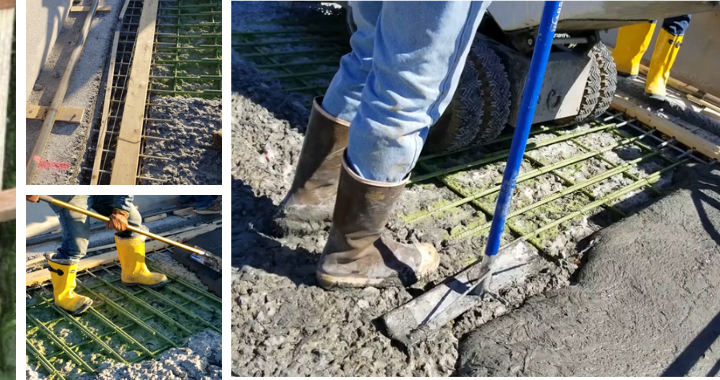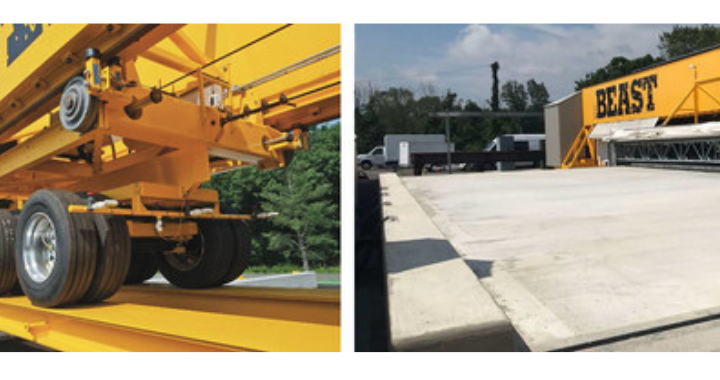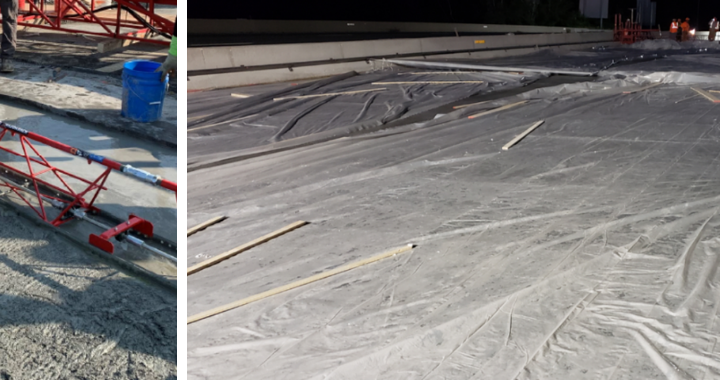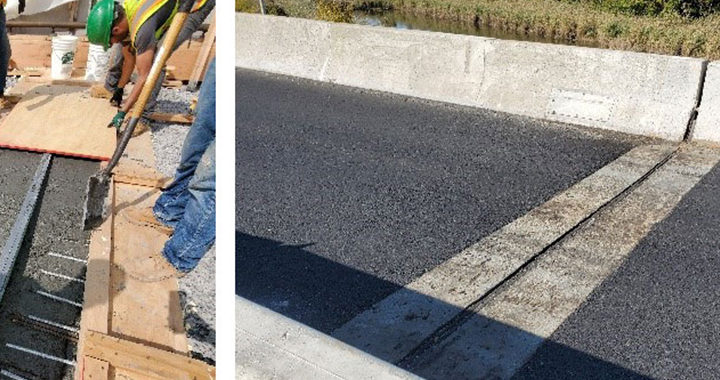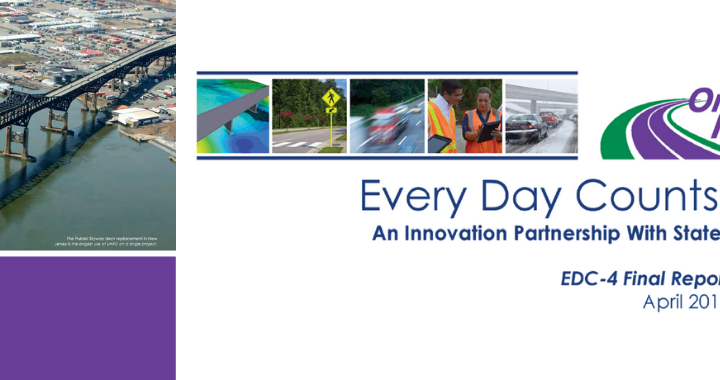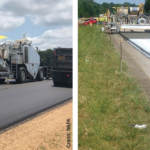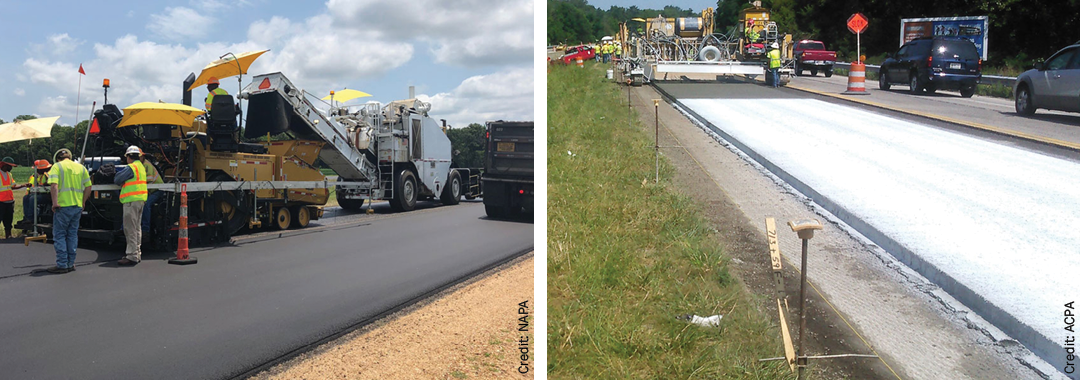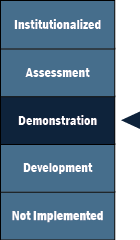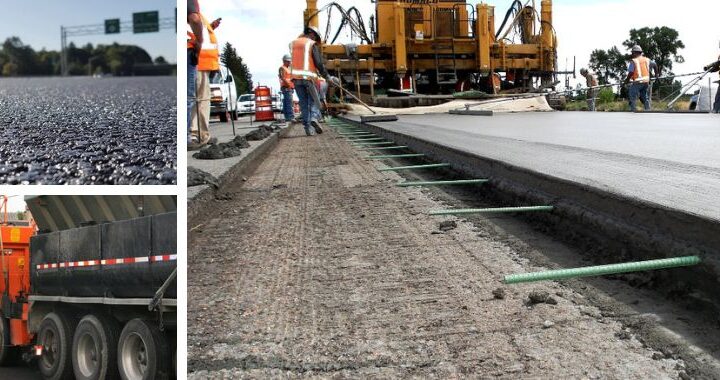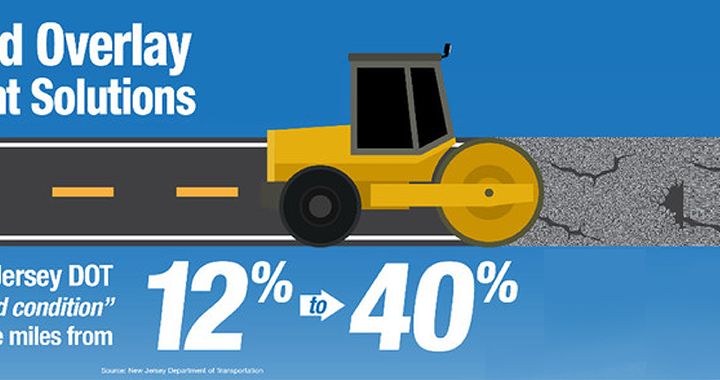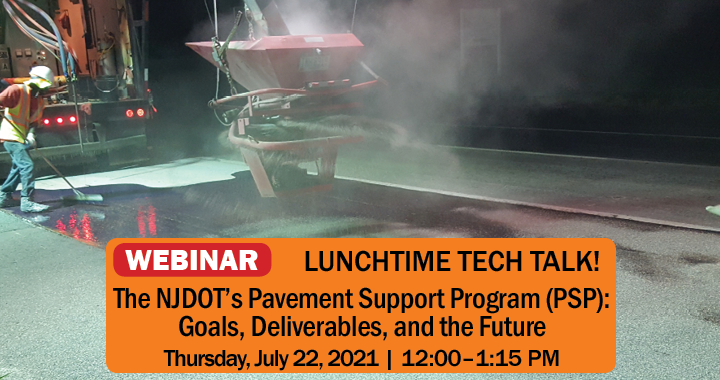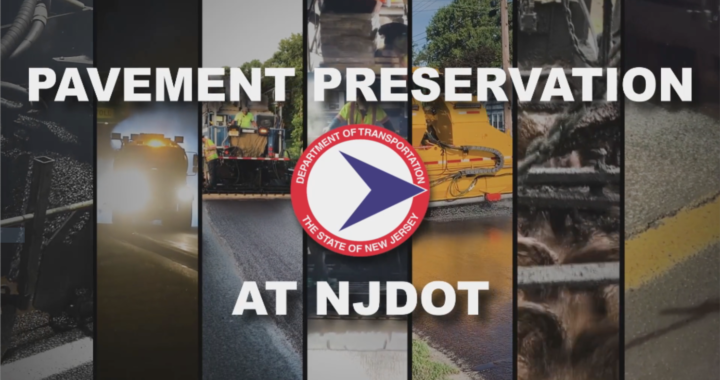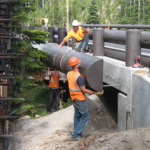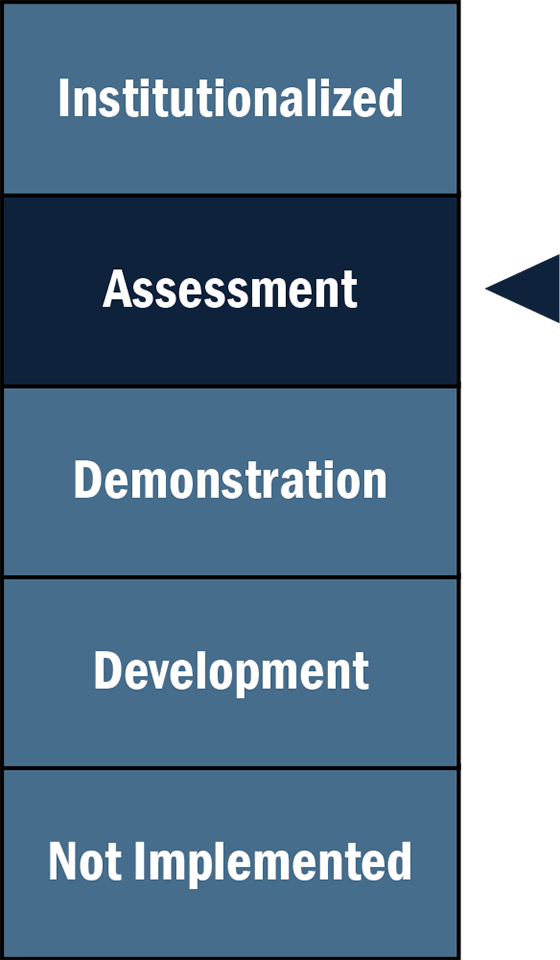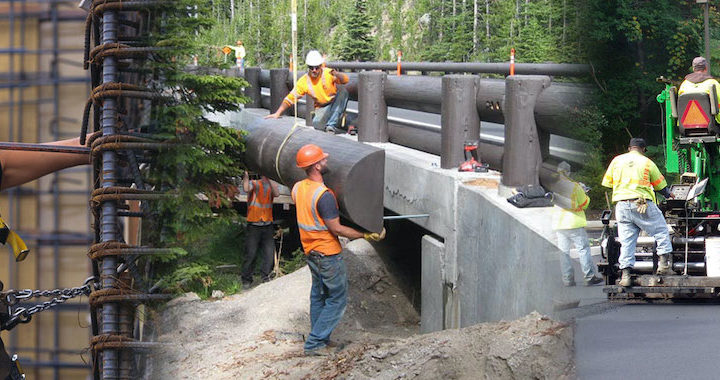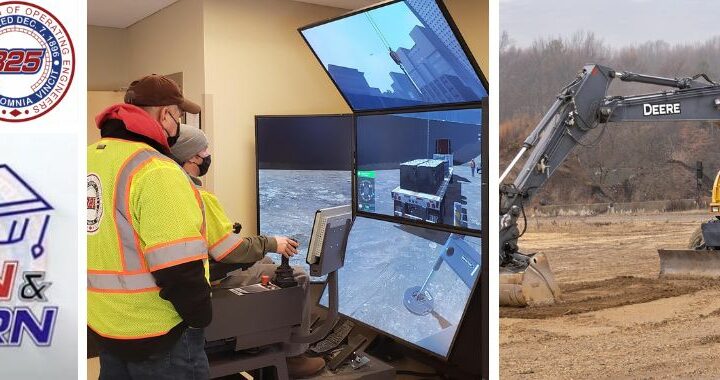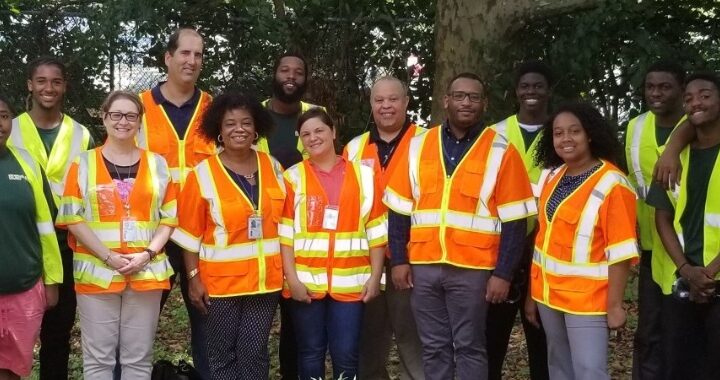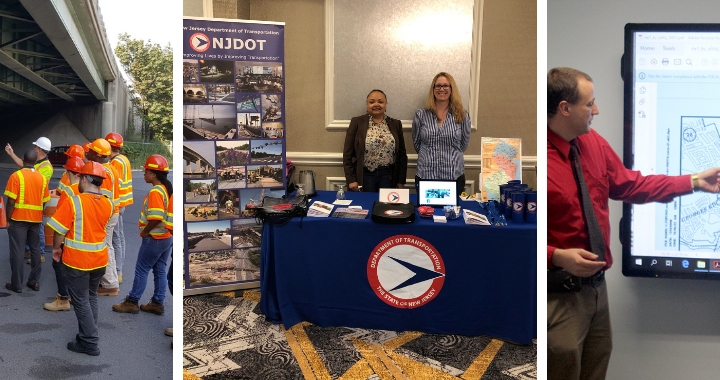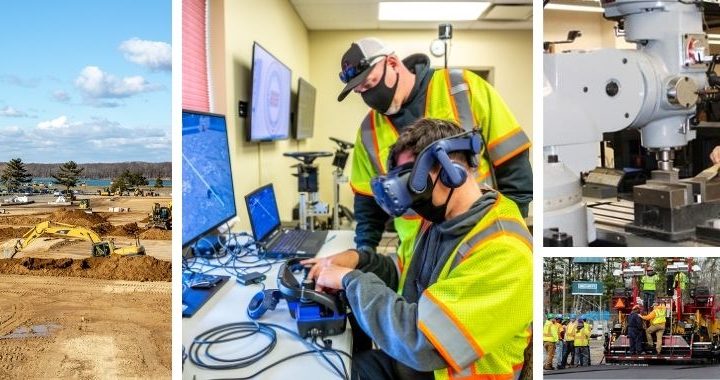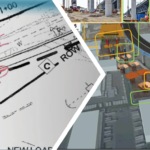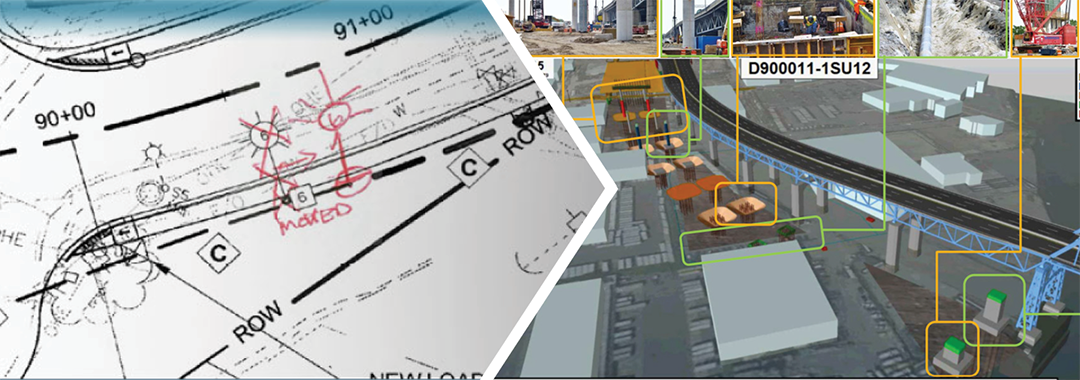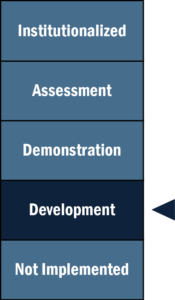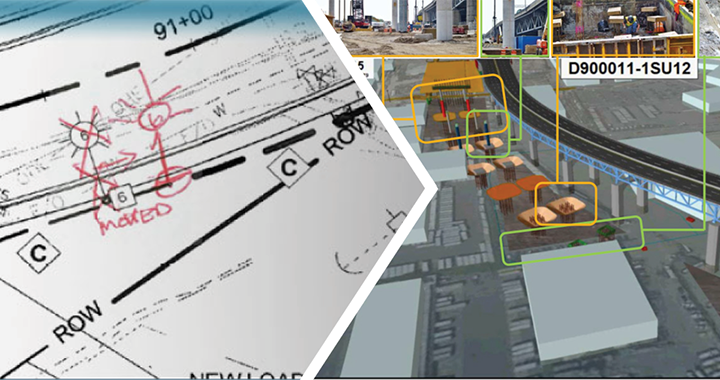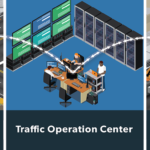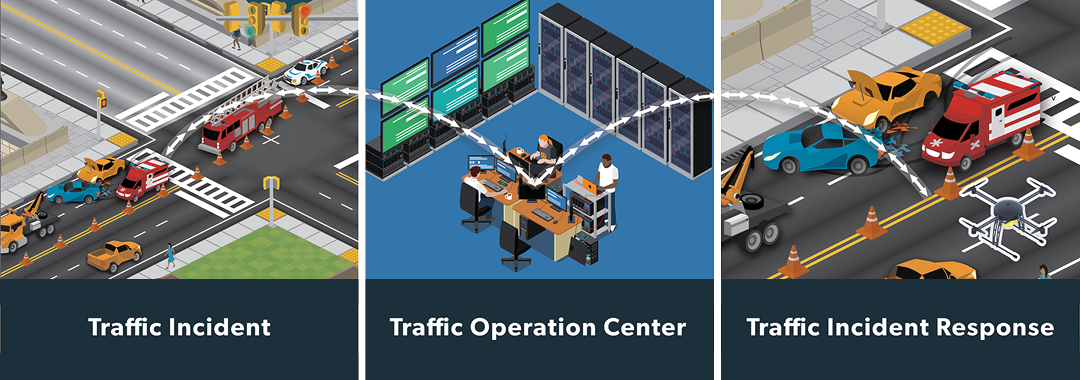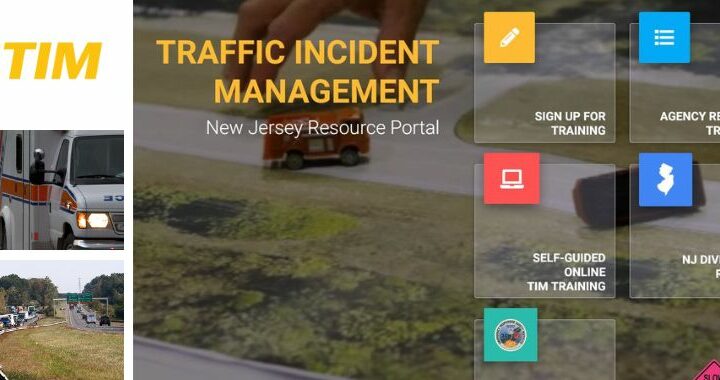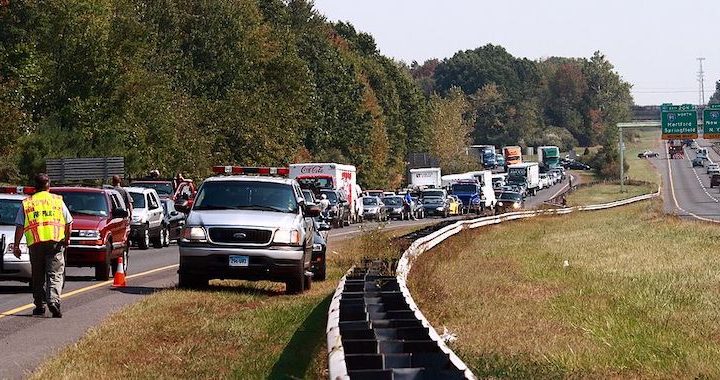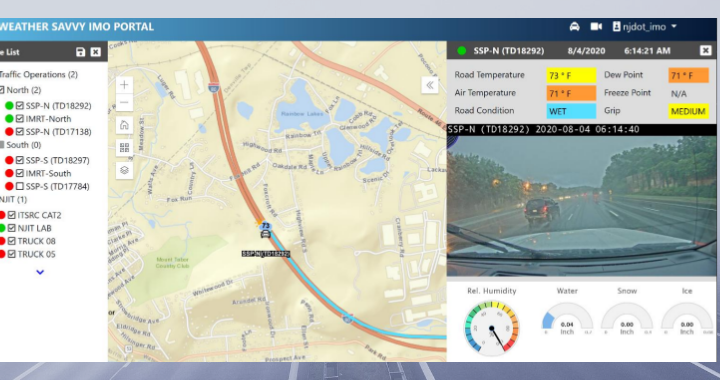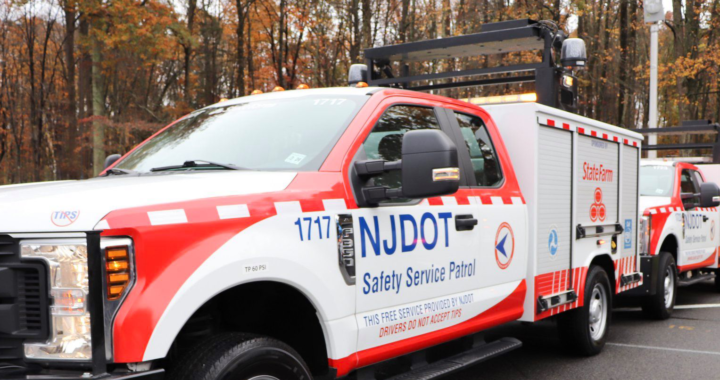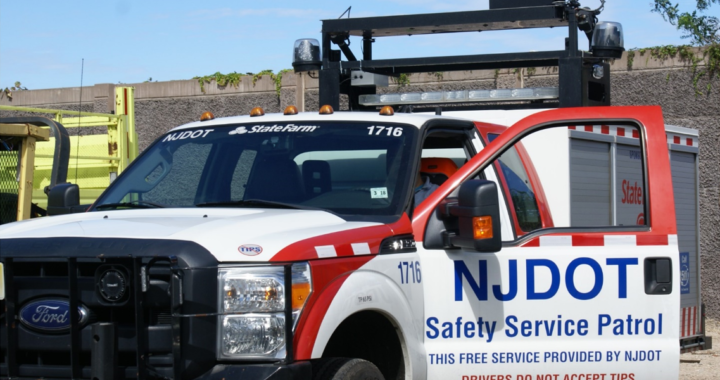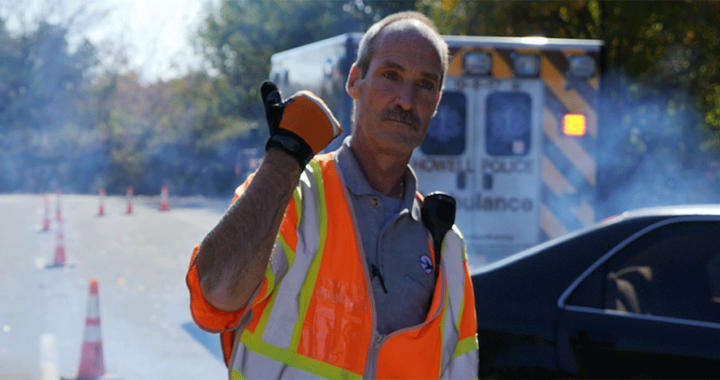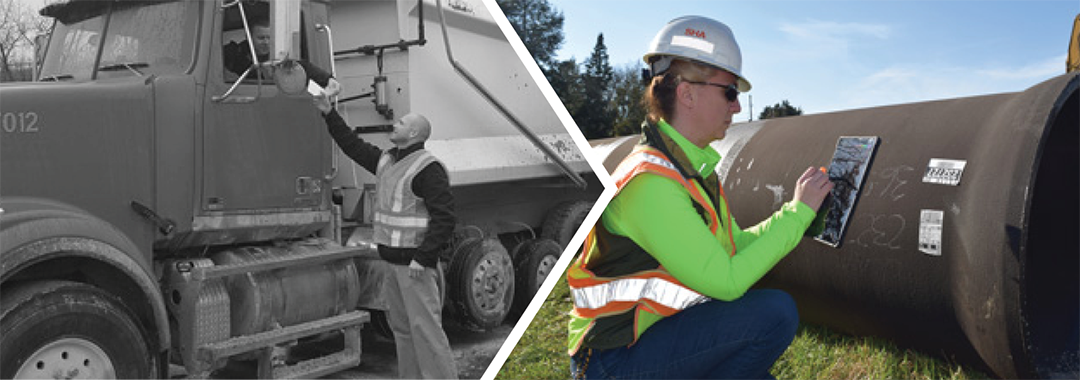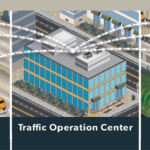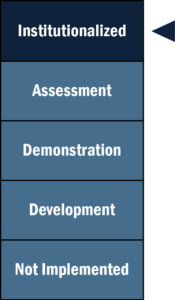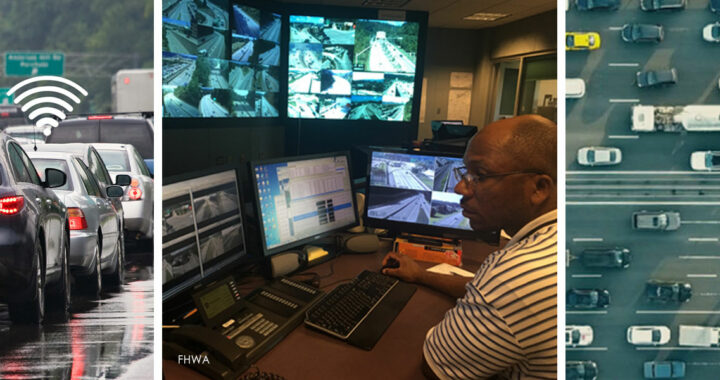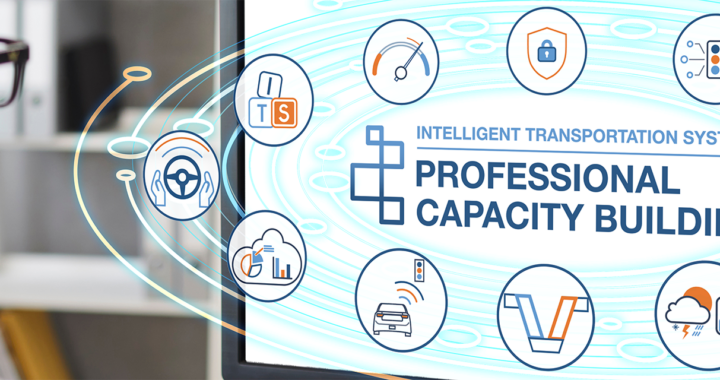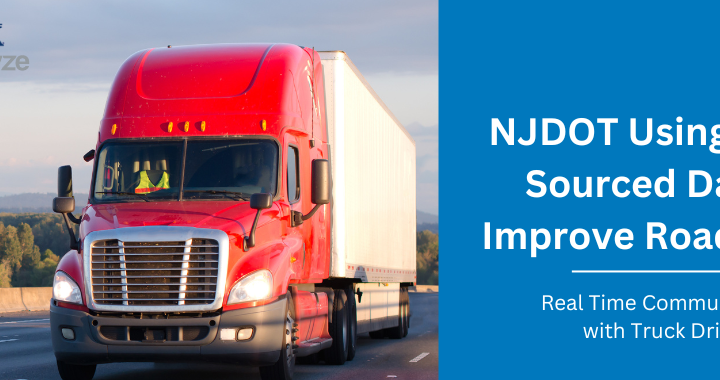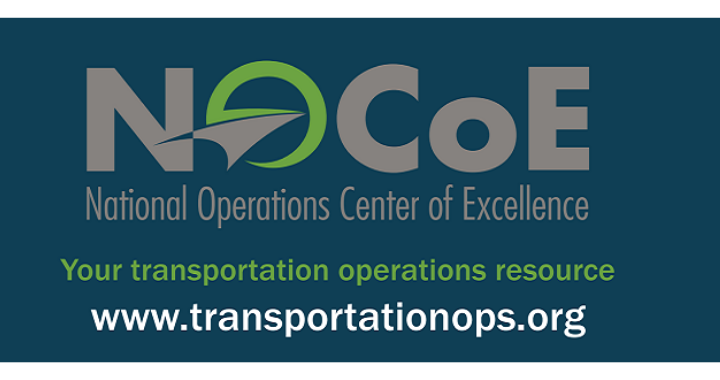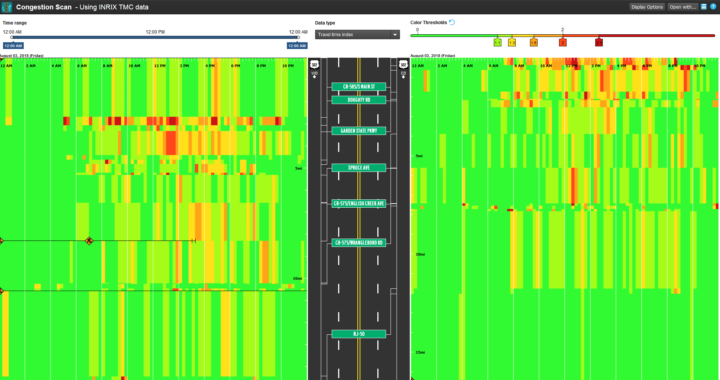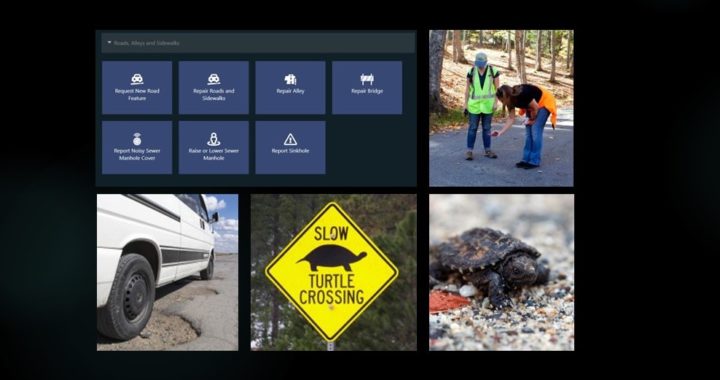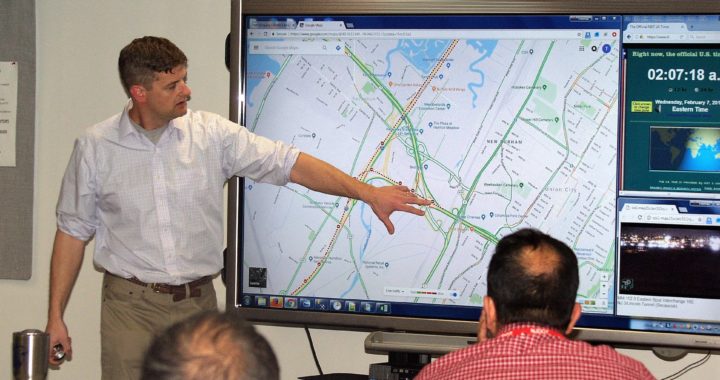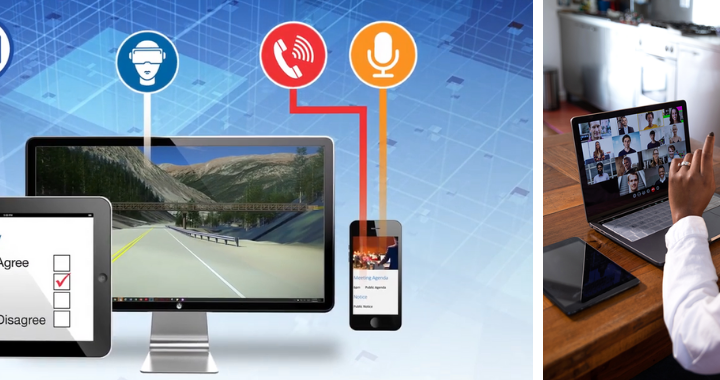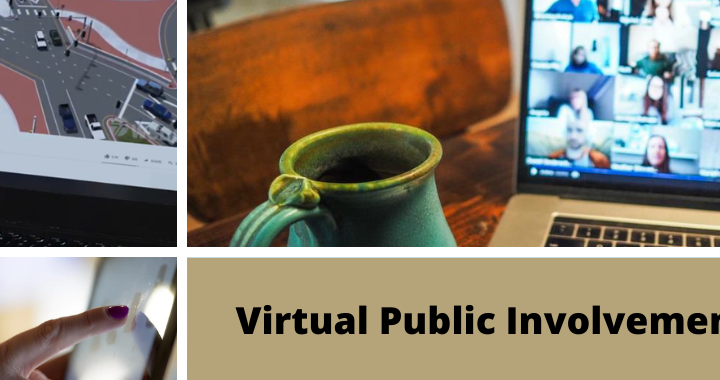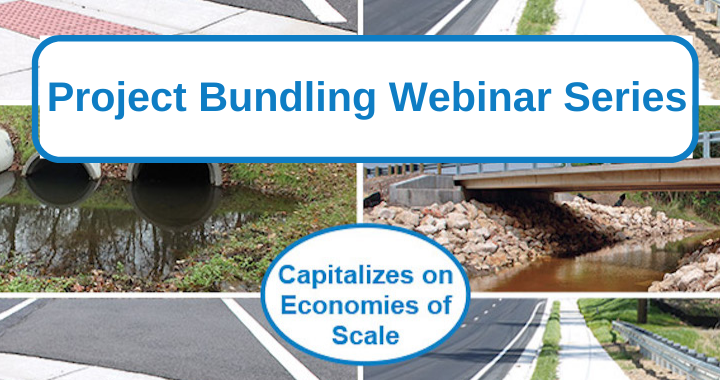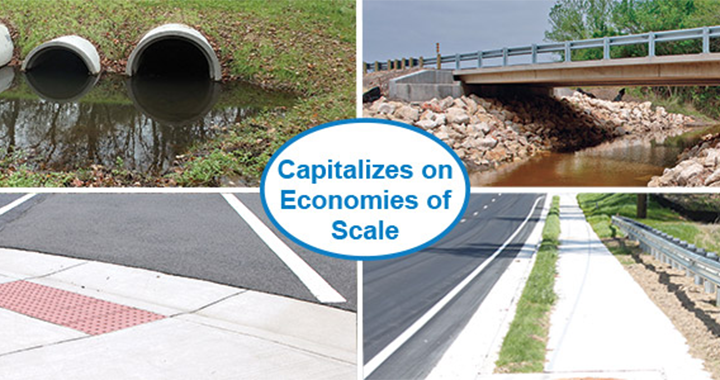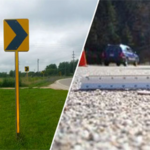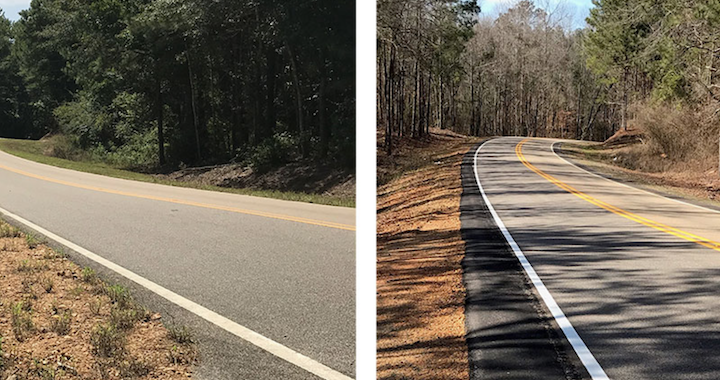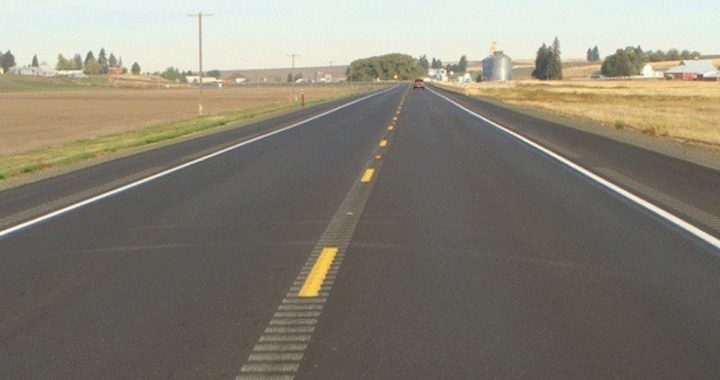What is UHPC for Bridge Preservation and Repair?
Ultra-high performance concrete (UHPC) is a new material for bridge construction that has become popular for field-cast connections between prefabricated bridge elements. Bridge preservation and repair (P&R) is an emerging and promising application for UHPC. UHPC-based repair solutions are robust, and offer superior strength, durability, and improved life-cycle cost over traditional methods. State and local agencies can deploy UHPC for bridge preservation and repair to maintain or improve bridge conditions.
 Ultra-high performance concrete (UHPC) offers enhanced durability and improved life-cycle cost performance for bridge preservation and repair.
Ultra-high performance concrete (UHPC) offers enhanced durability and improved life-cycle cost performance for bridge preservation and repair.
Keeping bridges in a state of good repair is essential to keeping the transportation system operating efficiently. Agencies at all levels can deploy UHPC for bridge preservation and repair to maintain or improve bridge conditions cost effectively.
Stronger Repairs, Extended Service Life
Because of its strength and durability, UHPC can be an optimum solution for some repairs. UHPC can be used in situations that normally use conventional concrete or repair mortars, and in some cases those that use structural steel. Some UHPC mixes gain strength rapidly, so bridges could be opened to traffic 24 hours after completing the necessary repairs. Additionally, UHPC repairs are long lasting and resilient, requiring less maintenance and fewer follow-up repairs than conventional methods. In some cases, they can outlive and outperform their conventional counterparts—UHPC repairs could be the strongest and most durable part of the bridge.
Benefits
Versatility. UHPC can generally be used anywhere other types of concrete would be used, and due to its strength and durability, it can be the optimum material for many applications.
Durability. UHPC-based repairs are long-lasting and require less maintenance and fewer follow-up repairs.
Cost Savings. UHPC repairs can outlive and outperform their conventional counterparts, resulting in life-cycle cost savings. UHPC bridge deck overlays and link slabs can extend the service life of bridges well beyond that of traditional preservation and repair strategies.
Learn more about this EDC-6 Innovation.
UHPC for Bridge Preservation and Repair in NJ
Stage of Innovation:
ASSESSMENT
(December 2022)
Using UHPC. NJDOT completed construction of two bridge preservation projects in 2020. From its assessment of information on performance and usability from these pilot projects, which include four bridges using UHPC overlay, the agency considers further implementation promising. UHPC is excellent for preservation and is being considered for additional deployments. UHPC has been shown to increase service life but is currently more expensive than other methods. More widespread use/experience may reduce cost. The first UHPC link slab application is in the construction phase. Additional UHPC Link-Slab applications are currently in the Final Design Phase.
Communicating UHPC Information on Bridge Preservation & Repair. The State participated in workshops, webinars, and peer exchanges related to UHPC for Bridge P&R, including:
- NJDOT Hosted FHWA Workshop UHPC EDC-6 P&R
- International Bridge Conference Poster Session
- NYSDOT UHPC Link-slab Peer Exchange 2022
- ABC December 2022 presentation and paper
- NJ STIC Meeting, 4th Quarter 2022
What’s Next?
The Future of UHPC for Bridge Preservation & Repair (P&R). The agency anticipates incorporating UHPC for bridge preservation and repair in its new design manual, using data collected from the current pilots and will further investigate performance and examine life cycle costs. NJDOT will use these indicators to determine future usage and applicability with additional research through the Bridge Research Program.
Industry experience in UHPC applications is not keeping up with agency goals. UHPC is not yet standardized for operational use which leads to a lack of consistency in the applied product, a lack of UHPC repair materials and methods, and significantly higher initial cost. Material and labor for UHPC are currently more expensive than traditional bridge preservation techniques. UHPC is used for repair projects that were not pre-planned; contractors may not have the experience or comfort with using the material. The material can be difficult to work with, and contractors need training.
However, the extension in bridge life span may result in a good return on investment. The programming/funding authority may need to address the issue of allowing UHPC higher costs into a project budget.
Further research and a possible pooled fund project would be beneficial to increase knowledge.
UHPC for Bridge Preservation and Repair: NEW & NOTEWORTHY


